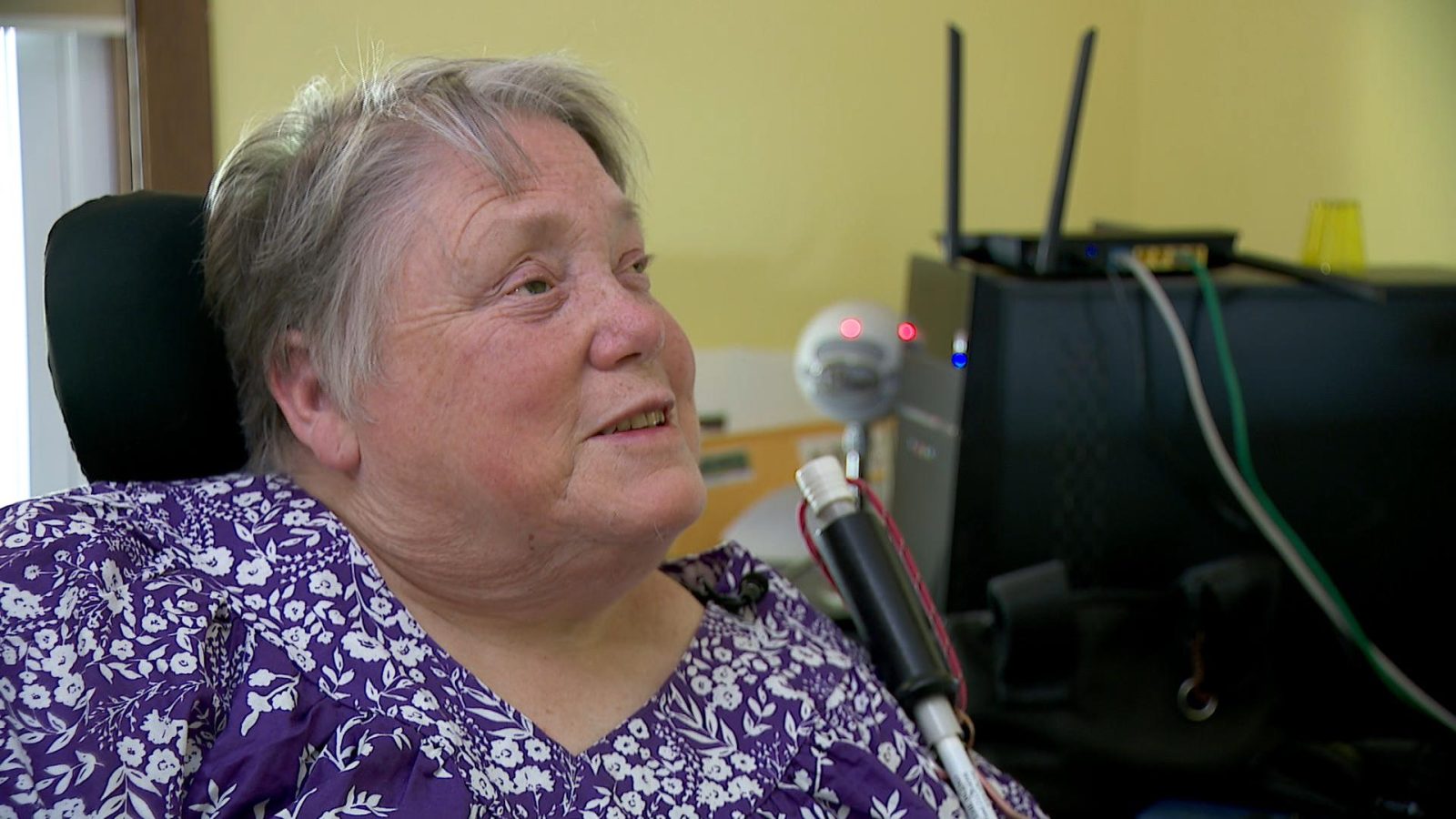Golden Valley Woman Finds Niche with Braille Transcription Company
For the estimated million Americans who have blindness, Braille may be an essential part of their daily reading habits.
The tactile written language Braille was invented in the 1820s. It uses embossed dots on the page to create language that would otherwise be written in a text form.
According to Maureen Pranghofer, a Golden Valley-based Braille transcriber, the number of Braille readers is somewhat small, but is also dedicated.
“The Braille readers that are out there really want everything in Braille,” she said.
She’s one of a small handful of independent, home-based Braille transcribers in the United States.
“Before COVID there was like 118 transcribers and I think now it’s down to 48,” she said. “I don’t know of anybody else that’s doing it in Minnesota out of their home.”
Meanwhile, Volunteer Braille Services, a nonprofit also based in Golden Valley, is expected to close at the end of the month.

Golden Valley resident Maureen Pranghofer in her home office.
A Busy Golden Valley Business
Pranghofer is well-versed in Braille and the tech that can be used to help transcribe it.
“I was born with low vision, so I could see some things, I could see some colors,” she said.
Pranghofer learned Braille in her teens.
A later series of injuries meant Braille would be a lasting part of her life.
“[After] one accident in 1993 … I became totally blind in four days,” she said. “And then I had a spinal chord injury in 1996 from a car accident, so that’s why I use a wheel chair.”
Now, through her business Braille It, she transcribes a plentiful mishmash of government and personal documents.
That can range from directions for medical marijuana use or Medicaid documents for insurance providers, to entire novels for home use.
“I love it, it’s like I open my inbox and I get a request, and I never know what it’s going to be,” she said.
Given the small number of transcribers left, she has a steady stream of requests from customers.
However, she doesn’t transcribe mathematics or musical notation, which have a separate code of Braille symbols.
Tools of the Trade
Sitting in her office under a cover is a relic from the pre-computer days — a Braille writing machine.
“It’s like a blind person’s typewriter,” Pranghofer said.
While it still sees some use for hand-typed documents, most of her transcription is done on a computer.
She has a refreshable Braille display, a sort of Braille keyboard that raises and lowers pins to form Braille characters.
This tool allows her to properly lay out the documents, a time-consuming process.
“The work of being a Braille transcriber is formatting,” she said. “It’s a very detailed and I proofread stuff as I go along.”
Proofed documents are printed using a machine called an embosser.
It can be a paper-heavy affair. Braille requires more space on the page than written text. Typically, one page of text converts to three pages of Braille.
But it’s an important service for her customers.
While some documents such as a novel can work well in an audiobook format, others, like a recipe, are ill-suited for a fast, remote reading.
Others simply prefer to read the old-fashioned way.
“There is a pretty high demand for it,” she said.


